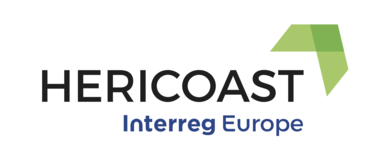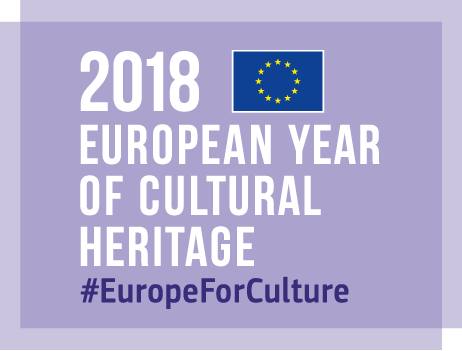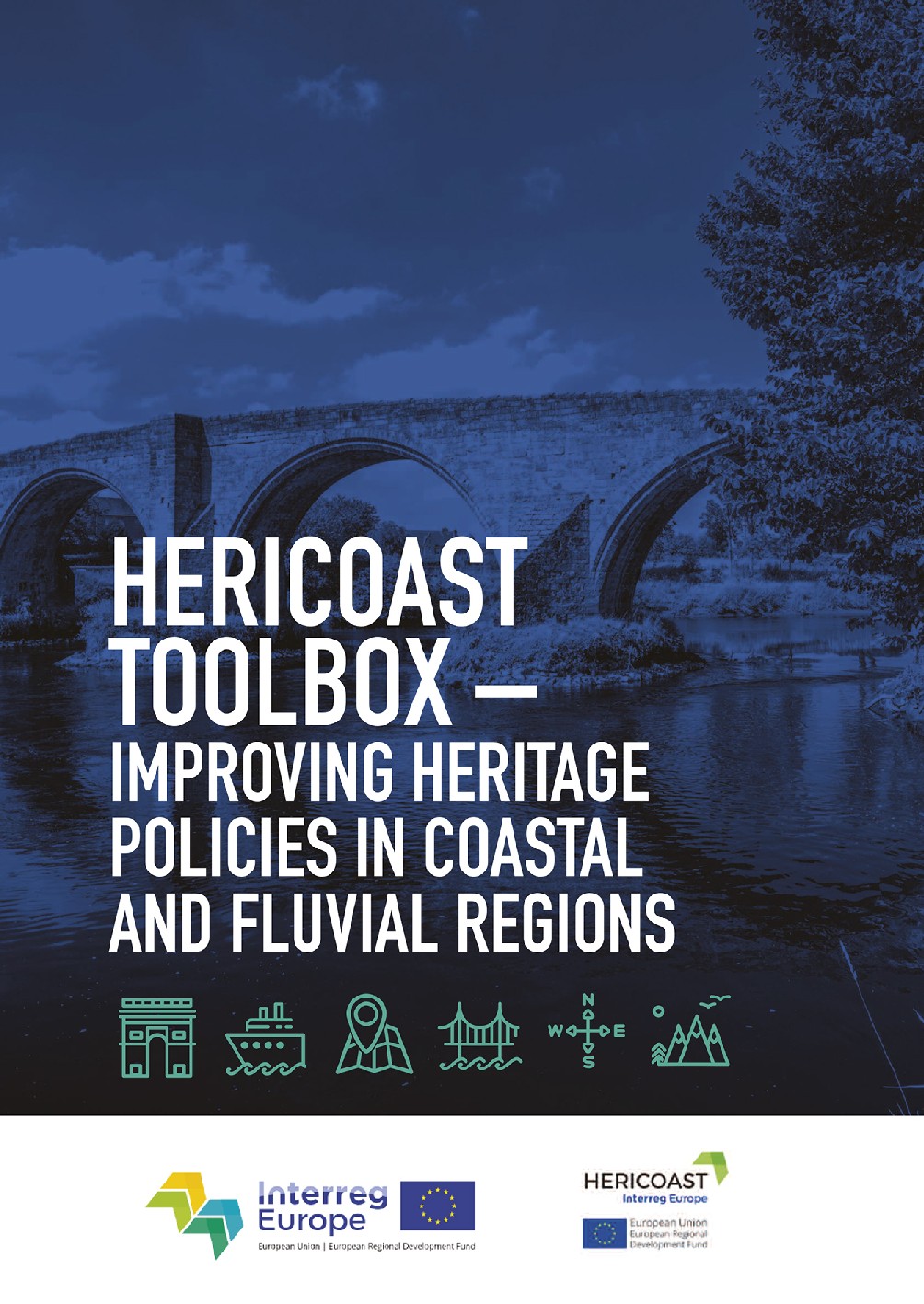The scientific research day was divided in two sessions of presentations, one in the morning and one in the afternoon, planned to:
• introduce all projects carried out by Biosciences and Territory Department of the University of Molise;
• present all activities within the projects;
• speak about the contribution of the University of Molise within external projects, as HERICOAST, in which the project partner is Molise Region.
The meeting started from 9:00.
The discussion was focused on the activities of the Biosciences e Territory Department.
In the first session, about Modeling and experimentation, there were the following interventions:
- Ferrara, Parlato, Madhusudan “Analisi di Sicurezza di Sistemi di Controllo degli Accessi”
- Santone “Metodi formali: cosa sono e a cosa servono?”
- Castiglia, Santucci de Magistris, Koseki “Experimental tests to assess the uplift of buried pipelines in liquefiable soils”
- Fierro, Scalabrino, Oliveto “On the Impact of Gender Diversity on Software Quality”
- Giangrande, De Bonis “Paesaggi vissuti del Molise rurbano e dell'Italia trans locale”
- Laudato, Ceccarelli, Oliveto “Machine Learning and Big Data Analytics to Monitor Biomedical Parameters during High Demanding Tasks”
- Ottaviano, De Bonis “Il processo di pianificazione del Parco Nazionale del Gran Sasso e Monti della Laga nel quadro dei rapporti emersi con il contesto istituzionale, decisionale e sociale”
- Simoncini, De Bonis Geosocial e produzione del territorio. “”Un progetto di “interzona” partecipativa per il Parco del Gran Sasso Laga”
- Volpe, Marra, Fabbrocino “Un approccio multidisciplinare per la tutela e la salvaguardia del patrimonio archeologico”.
In the afternoon there was the second session, about Biology and environment, with the following interventions:
- Jamwal, Loy “An overview of Western Himalaya’s biodiversity and trends in human wildlife conflict in trans-Himalayas with special reference to Snow leopard”
- Cutone, Rosa, Lepanto, Scotti, Berlutti, Bonaccorsi, di Patti, Musci, Valenti “Lactoferrin efficiently counteracts the inflammation-induced changes of the iron homeostasis system in macrophages”
- Di Febbraro, Menchetti, Ancillotto, Aloise, Roscioni, Preatoni, Loy, Martinoli, Russo, Bertolino, Mori “Cambiamenti climatici e di uso del suolo come driver di invasioni biologiche: gli Sciuridi alloctoni in Italia”
- Amato, Rosskopf “Gli effetti delle variazioni climatiche oloceniche sull’evoluzione del paesaggio e dell’ambiente: esempi dalle regioni Molise e Campania”
- de Francesco, Colagiovanni, Stanisci “Ecotourism and coastal integrated management: the contribute of University of Molise to HERICOAST Interreg Europe project”
- De Toni, Sallustio, Di Martino, Lasserre, Marchetti “The evolution and definition of Inner Peripheries in the European Policy Debate”
- Lebrun, Miard, Nandillon, Trupiano, De Zio, Scippa, Bourgerie, Morabito “Does biochar associated to compost and iron allow a better Pb and As soil stabilization and tree growth?”
- Minervino Amodio, Garfì, Rosskopf “Valutazione dell'erosione del suolo: analisi comparativa tra misure dirette e indirette”
- Rotunno, Miozzi, Tognetti, Cocozza “Approccio integrato di Next Generation Sequencing per definire l’efficienza produttiva di piante di Arundo donax”
As part of the intervention on the Hericoast project, the Project Assistant Alessia Finori introduced the project to the participants, mentioning the reference partnership and the initiatives carried out on the territory and abroad with a focus on management of the cultural and natural heritage of the coastal landscape. Then she presented the next activities foreseen within the project, giving the floor to Mrs. Maria Carla de Francesco of University of Molise, who illustrated the best practices shared among project partners and introduced the Action Plan activities, supported by Biosciences and Territory Department and Molise Region Project staff.
The present students showed their interest in the opportunity, offered by the meeting, to know all projects carried out by University and to know other methods and policies of intervention coming from the external projects.
The meeting was closed at 18:00 and 18 persons attended the meeting.



